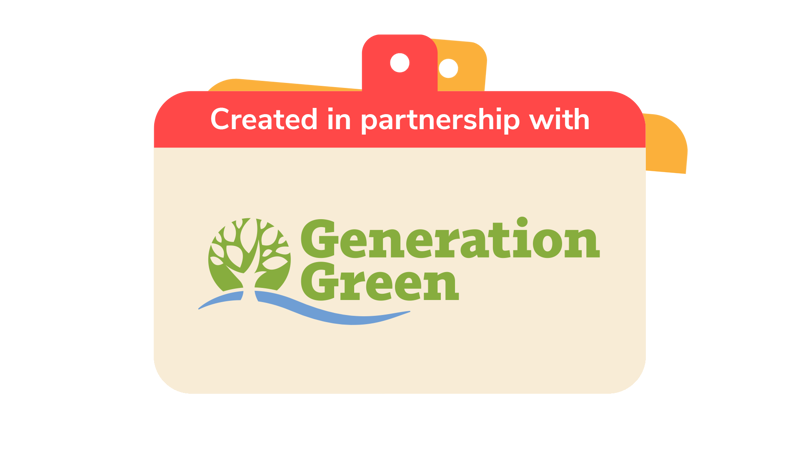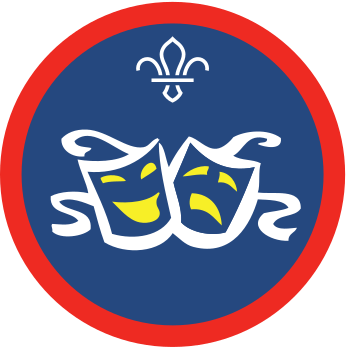
The chit chat
You’ll need
- Pens or pencils
- Access to a computer
- Projector, screen or display board
- Photographs or drawings of a recent project or event
Before you begin
- This activity’s great for groups that have participated in a community impact project, recently attended an event or gone on a trip. If you took photos or short videos, make sure these are brought along to the session and that you have the equipment to display them. If members of the group took photos and short videos, encourage them to bring these along too.
- Prepare some prompt cards with leading questions. Some useful ones might be: ‘Who was involved?’, ‘What did you do?’ and ‘Why did you do this?’
Safety checklist
Use the safety checklist to help you plan and risk assess your activity. Additional coronavirus-related controls to think about may include:
- Set up a hand washing station that you can use throughout the session.
- Make sure people wash their hands before and after using any shared equipment or resources.
- Clean any equipment between different people using it.
- Remind everyone to stay a safe distance apart at all times.
Run the activity
- Everyone should get into the groups they were in for a community impact project, or at a recent event or night away. If members of each group have photographs, sketches or other materials from the event that they’ve brought along, they should share these with their group.
- The person leading the activity should give out any photos or other materials they have from the project or events the groups participated in. Make sure that each group has enough pictures to describe the event – 20 pictures is a good number to aim for. The groups should try to arrange the pictures they have to tell a story about what happened at the event.
- Give out pens and scrap paper to each group to help them storyboard their pictures. They should start to think about the kind of questions people would ask them about the project, beginning with simple questions and then more detailed, specific questions.
- Each group should present their storyboard of pictures to the others and use it to tell the story of what happened at the event. Where necessary, the person leading the activity should prompt the group presenting with leading questions (simple questions like ‘How long to spend on the project from start to finish?’), if they’re stuck for things to say. Groups should spend between 15 and 30 seconds on each photo, and each member of the group should take part in the presentation.
- It’s up to you how the groups give their presentations. You could have one group present to the group each session, devote a whole session to seeing everyone’s presentation or present to an audience of family and friends. However the presentations are structured, make sure that each group leaves time for questions at the end!
Reflection
A picture can say a thousand words, but you shouldn’t need that many to tell the story of the event. Answering simple and more detailed questions in a straightforward manner is the best way to give your take on what happened. Was it tough to describe everything that went on with just those pictures? When might presenting, storytelling and answering questions like this be a useful skill to have?
Safety
All activities must be safely managed. You must complete a thorough risk assessment and take appropriate steps to reduce risk. Use the safety checklist to help you plan and risk assess your activity. Always get approval for the activity, and have suitable supervision and an InTouch process.
- Phones and cameras
Make sure parents and carers are aware and have given consent for photography.
Depending on what kind of pictures you’ve got, the difficulty of this activity will change. Detailed, good-quality photographs will remind groups of what happened, what things looked like and who was there. Zoomed-in, over-exposed or blurred photos won’t be so helpful. Having different kinds of pictures, perhaps including drawings, is the best way to make this activity easier or harder.
- It may be helpful to have a word limit for each picture, instead of a time limit.
- Have more specific prompt cards for activities you know about, to help remind those presenting of anything important that happened that they can’t bring to mind.
All Scout activities should be inclusive and accessible.
Individuals could make storyboards for sessions they’ve enjoyed in the past year. If they have photos or other materials, these could be displayed to help them tell the story. The rest of the group, who may or may not have attended the session, should provide prompts for leading questions and specific questions, as well as asking questions at the end.
If there are lots of photos, groups may be able to choose which ones to use. If this is the case, let them pick their favourites and tell the story the way they want to.

